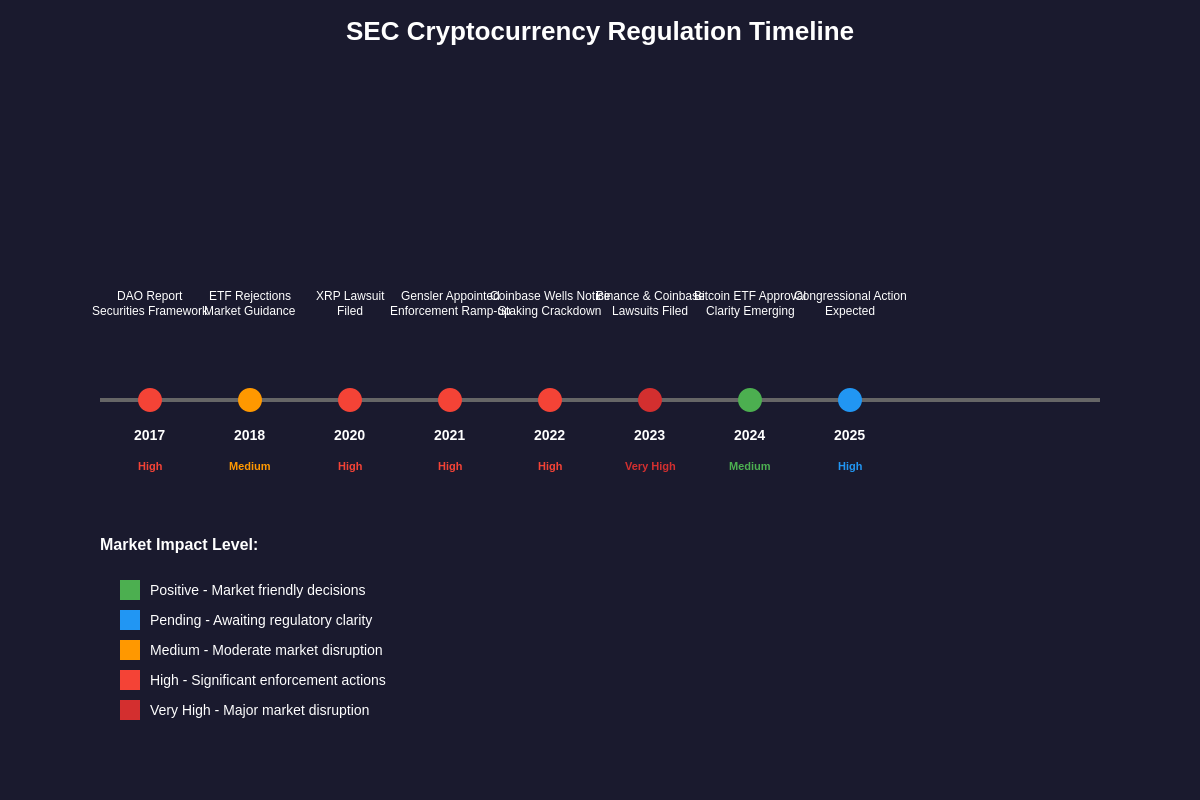
The Securities and Exchange Commission has emerged as the primary battleground where the future of cryptocurrency regulation in the United States will be determined. As digital assets continue to mature from experimental technology into mainstream financial instruments, the SEC’s evolving stance on cryptocurrency oversight represents one of the most significant developments affecting the industry’s trajectory. The regulatory landscape that emerges from this ongoing confrontation will fundamentally reshape how cryptocurrencies operate, trade, and integrate with traditional financial systems.
The Regulatory Evolution and Current Landscape
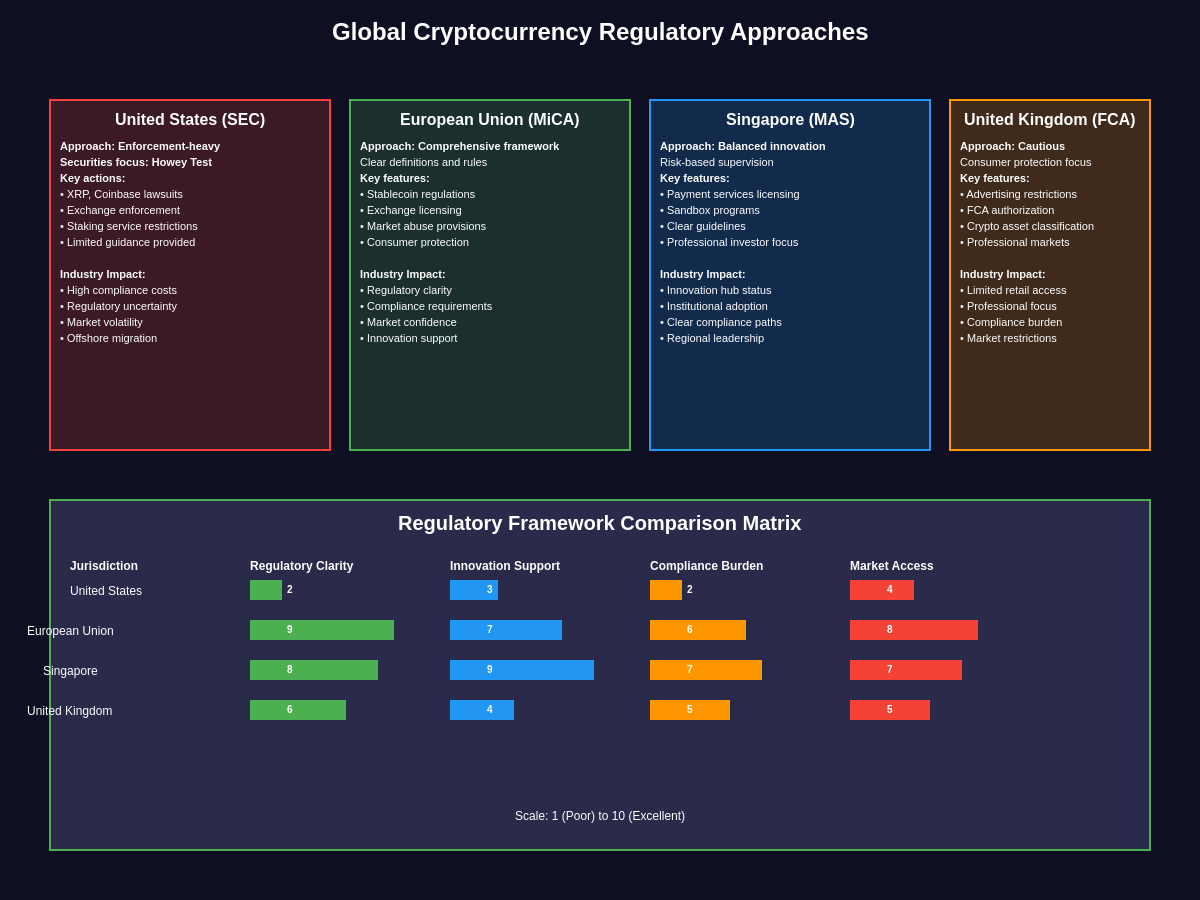
The relationship between the SEC and the cryptocurrency industry has been characterized by uncertainty, enforcement actions, and gradual clarification of regulatory boundaries. Under the leadership of Chairman Gary Gensler, the SEC has taken an increasingly aggressive stance toward crypto regulation, arguing that most digital assets qualify as securities and therefore fall under the Commission’s jurisdiction. This position has created significant friction with industry participants who argue for clearer guidelines and more accommodating regulatory frameworks.
The SEC’s approach to cryptocurrency regulation has evolved from initial skepticism and limited engagement to active enforcement and rulemaking. Early regulatory actions focused primarily on obvious securities offerings and fraudulent schemes, but recent enforcement efforts have expanded to target major exchanges, DeFi protocols, and established cryptocurrency projects. This shift represents a fundamental change in regulatory strategy, moving from reactive enforcement to proactive market oversight.
Current regulatory uncertainty stems largely from the SEC’s reliance on decades-old securities laws to govern innovative digital assets. The Howey Test, established in 1946, has become the primary framework for determining whether a cryptocurrency constitutes a security, but its application to decentralized and algorithmic systems creates ambiguity that affects market participants across the entire ecosystem. Professional traders analyzing regulatory impact on cryptocurrency markets must navigate this uncertain environment while assessing long-term investment strategies.
Major SEC Enforcement Actions and Their Implications
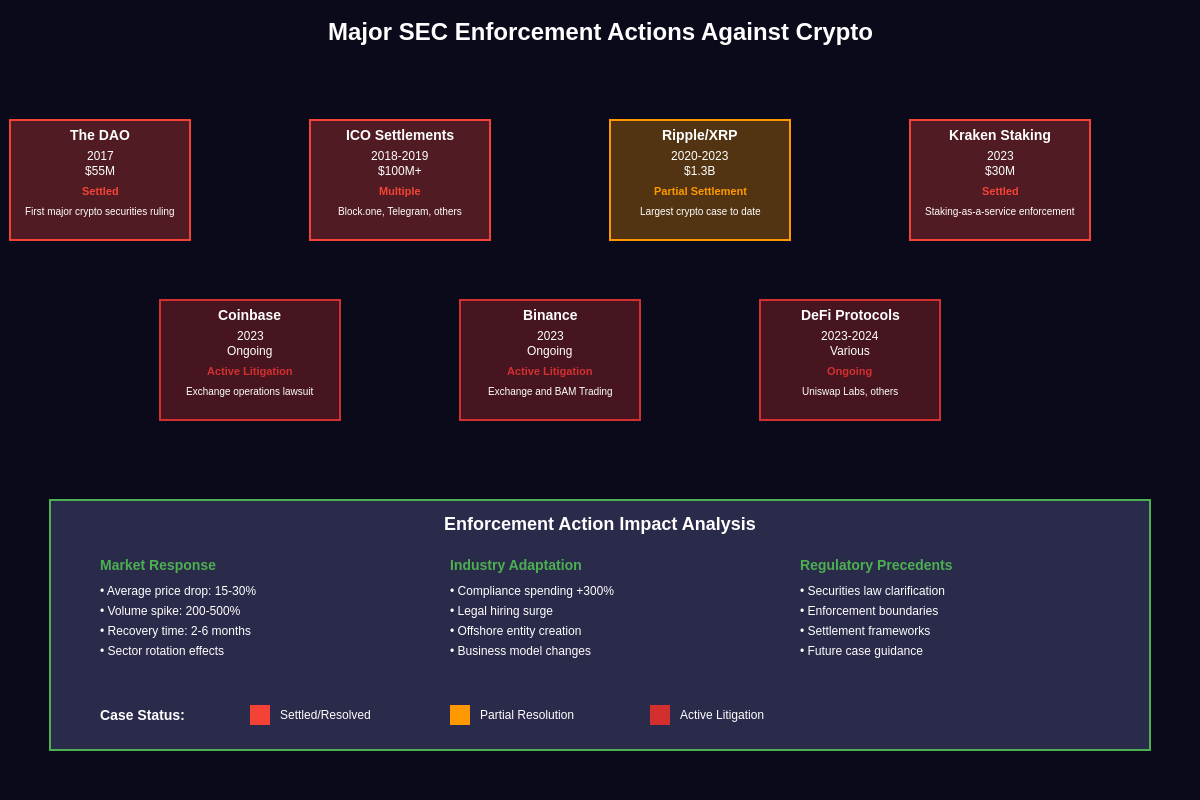
The SEC’s enforcement strategy has targeted various sectors of the cryptocurrency industry, establishing precedents that will influence future regulatory interpretations. High-profile cases against major exchanges like Coinbase and Binance have centered on allegations of operating as unregistered securities exchanges and offering unregistered securities to retail investors. These cases represent the SEC’s attempt to assert jurisdiction over the primary infrastructure that facilitates cryptocurrency trading.
The Commission’s action against Ripple Labs and its XRP token became one of the most closely watched cases in cryptocurrency history, with implications extending far beyond the specific parties involved. The lawsuit, filed in December 2020, alleged that XRP constituted an unregistered security and that Ripple conducted an ongoing unregistered securities offering. The partial resolution of this case in 2023, with the court ruling that XRP itself is not a security when sold to retail investors on exchanges, provided some clarity while leaving many questions unanswered about institutional sales and the broader application of securities laws to cryptocurrencies.
Enforcement actions against decentralized finance protocols have raised additional complexities regarding the application of traditional regulatory frameworks to decentralized systems. Cases involving projects like Uniswap and various DeFi lending protocols have forced courts and regulators to grapple with questions of control, centralization, and liability in systems designed to operate without traditional intermediaries. These cases will likely establish important precedents for how decentralized autonomous organizations and smart contract protocols are regulated.
The SEC’s approach to staking services has created uncertainty for proof-of-stake networks and exchanges offering staking rewards. The Commission’s settlement with Kraken over its staking program, requiring the exchange to pay $30 million and discontinue the service, signaled that the SEC views many staking arrangements as unregistered securities offerings. This precedent has significant implications for Ethereum validators, institutional staking providers, and the broader proof-of-stake ecosystem.
Congressional Response and Legislative Developments
Congress has responded to regulatory uncertainty with various legislative proposals aimed at providing clearer frameworks for cryptocurrency oversight. The bipartisan effort to establish comprehensive crypto legislation reflects growing recognition that existing regulatory structures may be inadequate for governing digital assets effectively. Key legislative initiatives include proposals for market structure reforms, stablecoin regulation, and clarification of agency jurisdiction over different types of digital assets.
The House Financial Services Committee has been particularly active in cryptocurrency legislation, advancing bills that would establish clearer definitions for digital assets and create regulatory safe harbors for certain activities. The proposed Market Structure and Investor Protection Act represents one of the most comprehensive attempts to create a federal framework for cryptocurrency regulation, addressing issues ranging from exchange registration to custody requirements and market manipulation.
Stablecoin legislation has emerged as an area of potential bipartisan consensus, with proposals focusing on reserve requirements, redemption guarantees, and supervisory frameworks for stablecoin issuers. The collapse of TerraUSD and subsequent market volatility highlighted the systemic risks that poorly designed stablecoins can pose, creating momentum for regulatory action that provides both consumer protection and market stability.
International coordination efforts have become increasingly important as cryptocurrency markets operate globally and regulatory arbitrage can undermine domestic policy objectives. Congressional hearings have explored how U.S. regulations compare to frameworks being developed in Europe, Asia, and other major jurisdictions, with particular attention to maintaining American competitiveness in emerging financial technologies.
Industry Adaptation and Compliance Strategies
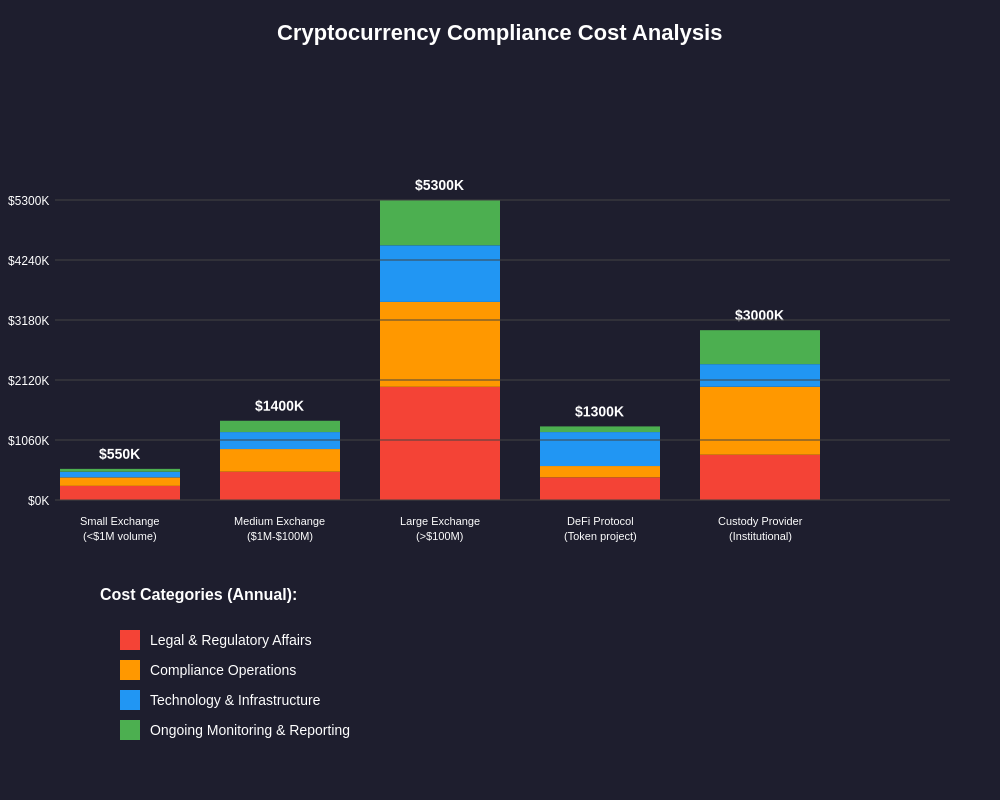
Cryptocurrency companies have responded to increasing regulatory pressure by implementing comprehensive compliance programs and adapting business models to accommodate evolving regulatory requirements. Major exchanges have invested heavily in legal and compliance infrastructure, hiring former regulators and establishing relationships with traditional financial institutions to demonstrate their commitment to operating within regulatory boundaries.
The emergence of regulatory technology solutions specifically designed for cryptocurrency compliance has created a new sector within the industry. Companies specializing in blockchain analytics, transaction monitoring, and regulatory reporting have become essential service providers for businesses seeking to comply with anti-money laundering requirements, sanctions enforcement, and securities regulations. These tools enable crypto businesses to implement compliance measures that rival those found in traditional financial services.
Some cryptocurrency projects have proactively sought regulatory clarity by engaging with the SEC through no-action letter requests and voluntary disclosure programs. While these efforts have met with mixed success, they demonstrate the industry’s recognition that regulatory compliance will be essential for long-term sustainability and mainstream adoption. Projects that successfully navigate the regulatory process may gain competitive advantages over those that remain in regulatory limbo.
The development of hybrid business models that incorporate both traditional and cryptocurrency elements has become a common strategy for managing regulatory risk. Companies have established separate entities for different activities, created banking partnerships to provide familiar regulatory oversight, and implemented traditional compliance measures alongside innovative cryptocurrency features. These approaches reflect the industry’s adaptation to a regulatory environment that favors familiar structures over purely novel approaches.
Market Impact and Economic Consequences
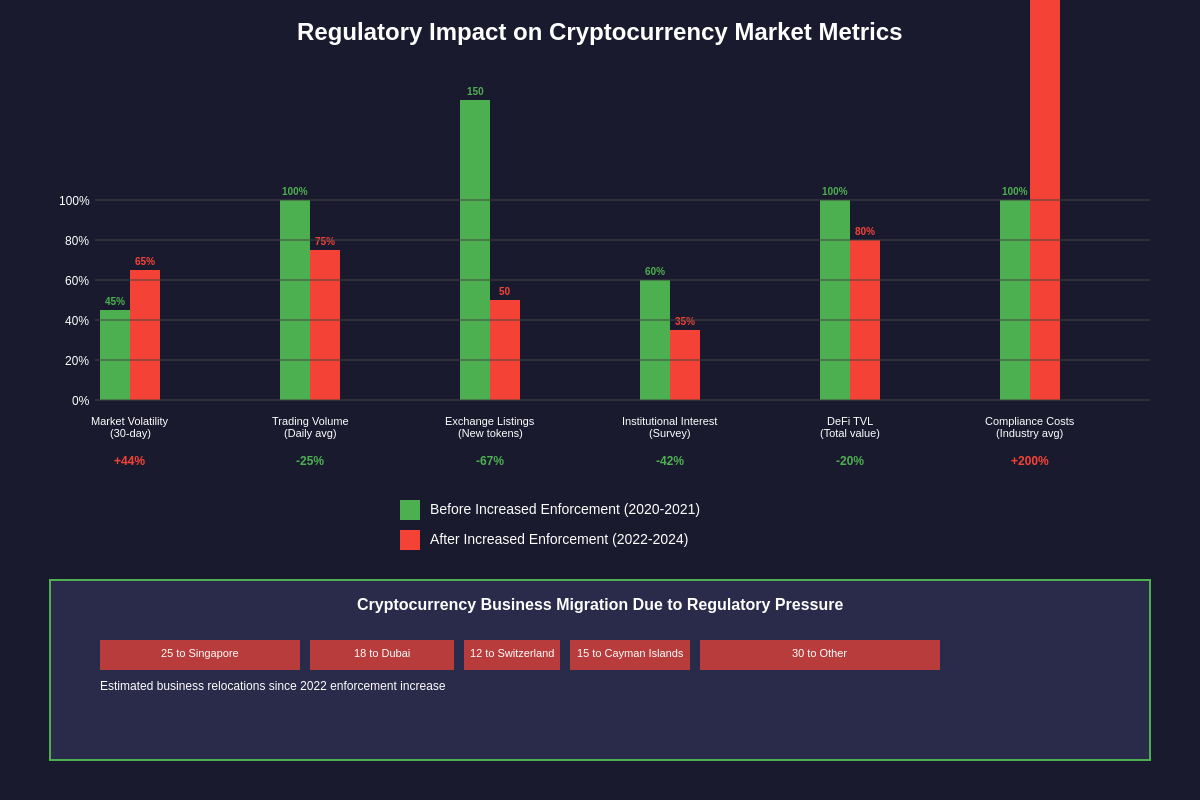
SEC regulatory actions have demonstrated significant power to influence cryptocurrency markets, with enforcement announcements regularly triggering substantial price movements across the entire digital asset ecosystem. The threat of regulatory action has become a major factor in cryptocurrency valuations, creating volatility that extends beyond the specific projects or companies directly targeted by regulators. Institutional investors utilizing comprehensive market analysis tools must factor regulatory risk into their investment models and portfolio allocation strategies.
The impact of regulatory uncertainty on institutional adoption has been particularly pronounced, with many large financial institutions delaying or limiting their cryptocurrency exposure until clearer regulatory frameworks emerge. While some institutions have proceeded with Bitcoin investments and blockchain technology adoption, the broader integration of cryptocurrencies into traditional finance has been slowed by concerns about compliance requirements and potential enforcement actions.
Exchange delisting decisions in response to regulatory pressure have created significant market disruptions, particularly for tokens that lose access to major trading platforms. The removal of certain cryptocurrencies from exchanges like Coinbase and Binance.US has demonstrated how regulatory actions can effectively eliminate market access for digital assets, regardless of their underlying technology or community support. These delisting events have highlighted the centralized nature of many cryptocurrency markets despite the decentralized technology underlying the assets themselves.
The geographic redistribution of cryptocurrency activity in response to U.S. regulatory pressure has accelerated the development of offshore markets and alternative regulatory jurisdictions. Countries with more accommodating regulatory frameworks have attracted cryptocurrency businesses and trading activity, potentially diminishing the United States’ influence over global cryptocurrency markets. This regulatory arbitrage creates challenges for U.S. policy makers who must balance investor protection with maintaining American leadership in financial innovation.
Technological Innovation and Regulatory Challenges
The rapid pace of technological innovation in cryptocurrency and blockchain technology continues to outpace regulatory adaptation, creating ongoing challenges for both regulators and industry participants. Developments in decentralized finance, non-fungible tokens, layer-2 scaling solutions, and central bank digital currencies require regulators to continuously update their understanding of how existing laws apply to new technologies and business models.
Decentralized autonomous organizations represent a particular challenge for regulators accustomed to dealing with traditional corporate structures. The distributed nature of DAO governance, token-based voting systems, and automated smart contract execution creates questions about legal liability, regulatory jurisdiction, and compliance responsibilities that existing frameworks struggle to address. The SEC’s approach to regulating DAOs will likely require new legal theories and enforcement mechanisms.
Cross-chain interoperability and multi-blockchain ecosystems complicate regulatory oversight by creating systems that span multiple jurisdictions and technological platforms. As bridges between different blockchain networks become more sophisticated and widely used, regulators must develop frameworks that can accommodate the technical complexity of these systems while maintaining effective oversight of financial activities that occur across multiple platforms.
The emergence of privacy-focused cryptocurrencies and privacy-enhancing technologies creates tension between regulatory objectives and technological capabilities. While regulators seek transparency for anti-money laundering and tax enforcement purposes, many cryptocurrency users value privacy features that can obscure transaction details and user identities. Balancing these competing interests will require careful consideration of both policy objectives and technological realities.
Global Regulatory Coordination and Competition
International regulatory coordination has become increasingly important as cryptocurrency markets operate globally and regulatory inconsistencies can create arbitrage opportunities that undermine policy effectiveness. The Financial Stability Board, International Organization of Securities Commissions, and other international bodies have been working to develop coordinated approaches to cryptocurrency regulation that balance innovation with financial stability and consumer protection.
The European Union’s Markets in Crypto-Assets regulation represents one of the most comprehensive attempts to create a unified regulatory framework for cryptocurrencies across multiple jurisdictions. The MiCA framework provides detailed requirements for cryptocurrency issuers, exchanges, and service providers while attempting to maintain space for innovation and technological development. The EU’s approach has influenced regulatory discussions in other jurisdictions and may serve as a model for future international coordination efforts.
Competition between jurisdictions to attract cryptocurrency businesses has intensified as the economic importance of the digital asset industry has grown. Countries like Switzerland, Singapore, and various Caribbean nations have developed cryptocurrency-friendly regulatory frameworks designed to attract businesses and investment in blockchain technology. This regulatory competition creates pressure on the United States to develop more accommodating frameworks or risk losing market share to more welcoming jurisdictions.
The development of central bank digital currencies by major economies adds another layer of complexity to international cryptocurrency regulation. As countries develop sovereign digital currencies that compete with or complement private cryptocurrencies, regulatory frameworks must evolve to accommodate these hybrid systems while maintaining monetary policy effectiveness and financial stability.
Future Regulatory Scenarios and Industry Implications
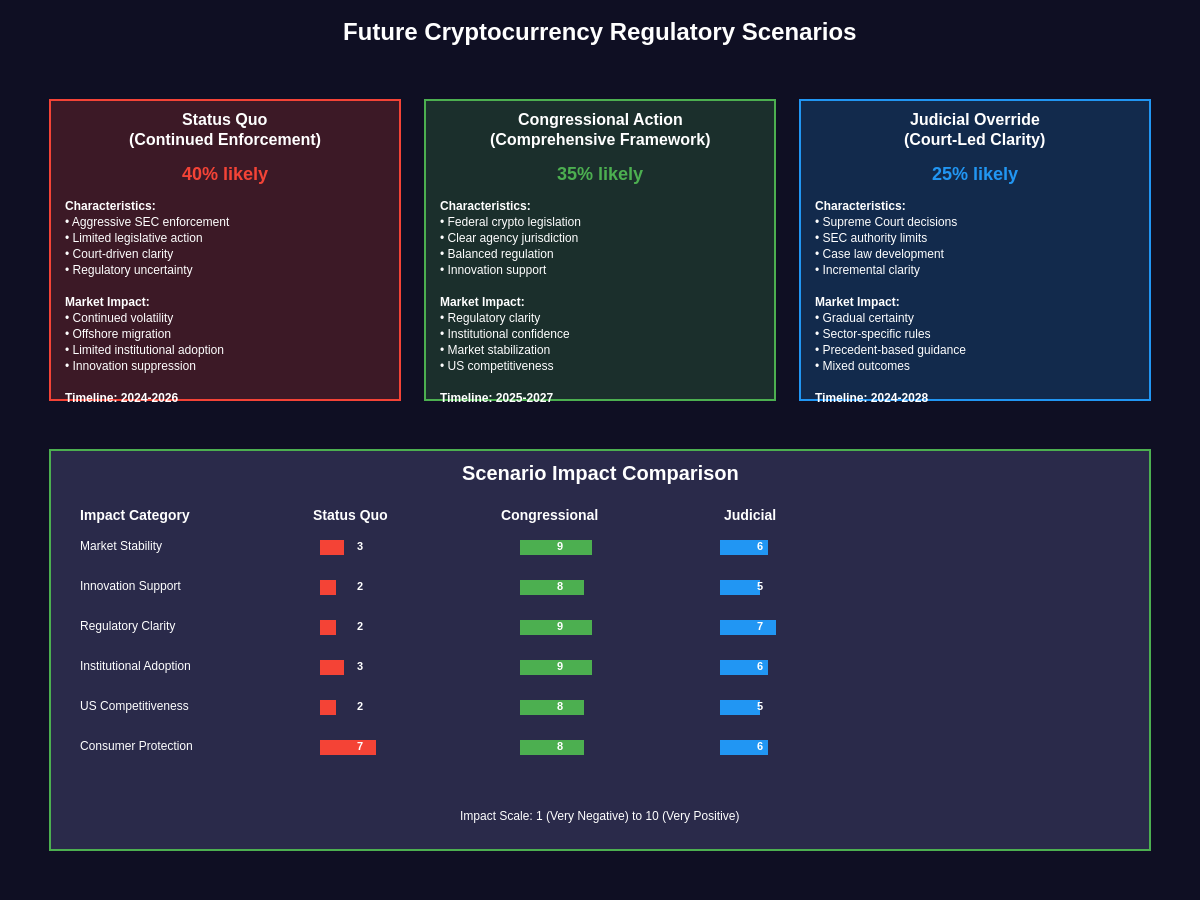
The evolution of SEC cryptocurrency regulation could follow several potential paths, each with distinct implications for industry development and market structure. A scenario involving continued aggressive enforcement and restrictive interpretation of securities laws could drive significant cryptocurrency activity offshore while limiting innovation within the United States. This approach might provide greater investor protection in the short term but could diminish American competitiveness in emerging financial technologies.
Alternatively, the development of comprehensive federal legislation that provides clear definitions and regulatory frameworks for different types of digital assets could create a more stable environment for innovation and investment. Such legislation would likely involve compromises between industry preferences and regulatory objectives, potentially creating a framework that balances innovation with appropriate oversight and consumer protection measures.
The emergence of hybrid regulatory approaches that combine traditional financial oversight with innovative regulatory technologies could provide more nuanced and effective supervision of cryptocurrency markets. Regulatory sandboxes, conditional licensing programs, and risk-based supervision could allow for continued innovation while ensuring appropriate consumer protection and market integrity measures are maintained.
Court decisions in pending enforcement cases will continue to shape the regulatory landscape by establishing precedents for how existing securities laws apply to various cryptocurrency activities. Favorable court rulings for industry defendants could limit the SEC’s enforcement authority and create pressure for more accommodating regulatory approaches, while decisions supporting the SEC’s position could reinforce the Commission’s broad interpretation of its jurisdiction over digital assets.
Compliance Infrastructure and Professional Services
The development of sophisticated compliance infrastructure has become essential for cryptocurrency businesses seeking to operate within evolving regulatory frameworks. Legal firms specializing in cryptocurrency regulation have expanded rapidly, offering services ranging from token launch compliance to exchange registration and enforcement defense. These professional services have become a significant cost center for cryptocurrency companies but are increasingly viewed as necessary investments for long-term sustainability.
Regulatory reporting requirements for cryptocurrency businesses continue to expand, creating demand for specialized software solutions and professional services that can handle the complexity of blockchain transaction analysis and regulatory compliance. Companies providing these services have become integral parts of the cryptocurrency ecosystem, enabling businesses to meet compliance obligations while maintaining operational efficiency.
The integration of traditional financial compliance measures with cryptocurrency-specific requirements has created hybrid compliance programs that combine familiar elements like know-your-customer procedures with novel challenges like smart contract auditing and decentralized protocol oversight. These comprehensive compliance frameworks represent significant investments but are increasingly viewed as competitive advantages in a regulatory environment that favors compliant operators.
Training and certification programs for cryptocurrency compliance professionals have emerged to meet growing demand for specialized expertise in this area. Universities, professional organizations, and industry groups have developed curricula that combine traditional financial regulation knowledge with understanding of blockchain technology and cryptocurrency markets, creating a new category of compliance professionals.
Market Structure Evolution and Institutional Integration
The SEC’s regulatory approach is fundamentally reshaping cryptocurrency market structure by favoring institutional-grade infrastructure and compliance frameworks over more decentralized alternatives. Exchanges and trading platforms that can demonstrate robust compliance capabilities and traditional financial market practices are likely to gain market share at the expense of platforms that prioritize decentralization or regulatory avoidance.
Institutional adoption of cryptocurrencies continues to accelerate despite regulatory uncertainty, with major banks, investment firms, and corporations developing cryptocurrency strategies that emphasize compliance and risk management. These institutional participants bring significant capital and credibility to cryptocurrency markets while also creating pressure for regulatory clarity and market infrastructure improvements.
The development of regulated cryptocurrency derivatives markets has provided institutional investors with familiar instruments for gaining cryptocurrency exposure while operating within established regulatory frameworks. Bitcoin and Ethereum futures contracts traded on traditional exchanges have created price discovery mechanisms and risk management tools that facilitate institutional participation in cryptocurrency markets.
Integration between cryptocurrency markets and traditional financial infrastructure continues to evolve as banks and payment processors develop services that bridge the gap between digital assets and conventional financial systems. These developments require careful navigation of regulatory requirements from multiple agencies while providing the infrastructure necessary for broader cryptocurrency adoption.
Technology-Driven Compliance Solutions
Blockchain analytics and transaction monitoring technologies have become essential tools for cryptocurrency compliance, enabling businesses to track fund flows, identify suspicious activities, and demonstrate compliance with anti-money laundering requirements. Advanced technical analysis platforms now incorporate regulatory compliance features alongside traditional trading tools, helping institutions manage both market risk and regulatory risk in their cryptocurrency operations.
Smart contract auditing and security assessment services have evolved into critical components of cryptocurrency compliance programs, particularly for projects involving decentralized finance protocols or novel token mechanisms. These technical due diligence services help identify potential regulatory issues alongside security vulnerabilities, enabling projects to address compliance concerns during development rather than after deployment.
Automated compliance reporting systems specifically designed for cryptocurrency businesses have reduced the burden of regulatory reporting while improving accuracy and consistency. These systems can process blockchain transaction data, apply relevant regulatory requirements, and generate reports in formats required by various regulatory agencies, streamlining compliance operations for cryptocurrency businesses.
Real-time monitoring and alerting systems enable cryptocurrency businesses to identify and respond to potential compliance issues as they occur rather than discovering them during periodic reviews. These systems can monitor for suspicious transaction patterns, regulatory threshold breaches, and other compliance triggers, enabling proactive risk management and regulatory response.
The Path Forward for Industry and Regulators
The ongoing evolution of SEC cryptocurrency regulation represents a critical juncture for both the digital asset industry and financial regulators. The frameworks established during this period will likely govern cryptocurrency markets for years to come, making current regulatory decisions particularly consequential for the long-term development of the industry. Success in navigating this regulatory transition will require continued dialogue between industry participants and regulators, along with willingness from both sides to adapt their approaches based on emerging evidence and changing market conditions.
The cryptocurrency industry’s maturation from experimental technology to significant financial market requires regulatory frameworks that can accommodate innovation while providing appropriate investor protection and market oversight. This balance will likely require new regulatory approaches that go beyond simple application of existing securities laws to develop frameworks specifically designed for the unique characteristics of digital assets and blockchain technology.
Regulatory clarity and consistency will be essential for continued institutional adoption and mainstream integration of cryptocurrencies into the broader financial system. As traditional financial institutions increase their cryptocurrency exposure and new financial products incorporating digital assets continue to emerge, regulatory uncertainty creates risks that extend beyond the cryptocurrency industry itself to affect broader financial stability and market confidence.
The international dimension of cryptocurrency regulation will require ongoing coordination between U.S. regulators and their counterparts in other major jurisdictions to ensure that regulatory approaches support rather than fragment global cryptocurrency markets. As the technology and markets continue to evolve, international cooperation will be essential for maintaining effective oversight while preserving the benefits of innovation and competition in this rapidly developing sector.
Professional traders and institutional investors require sophisticated market analysis capabilities and regulatory intelligence to navigate the complex landscape of cryptocurrency regulation and its market implications. The tools and strategies developed during this regulatory transition period will likely influence how digital assets are analyzed, traded, and integrated into broader investment portfolios for the foreseeable future.
Disclaimer: This article is for educational and informational purposes only and should not be construed as financial or legal advice. Cryptocurrency investments carry significant risks, including the potential for total loss of capital. Regulatory requirements and enforcement actions can change rapidly and may affect the value and legality of various digital assets. The regulatory landscape discussed is based on current information and may change as new laws, regulations, and enforcement actions are implemented. Always conduct your own research and consult with qualified financial and legal advisors before making investment decisions or implementing compliance strategies. The author and publisher are not responsible for any financial losses or legal consequences that may occur from acting on the information provided in this article.